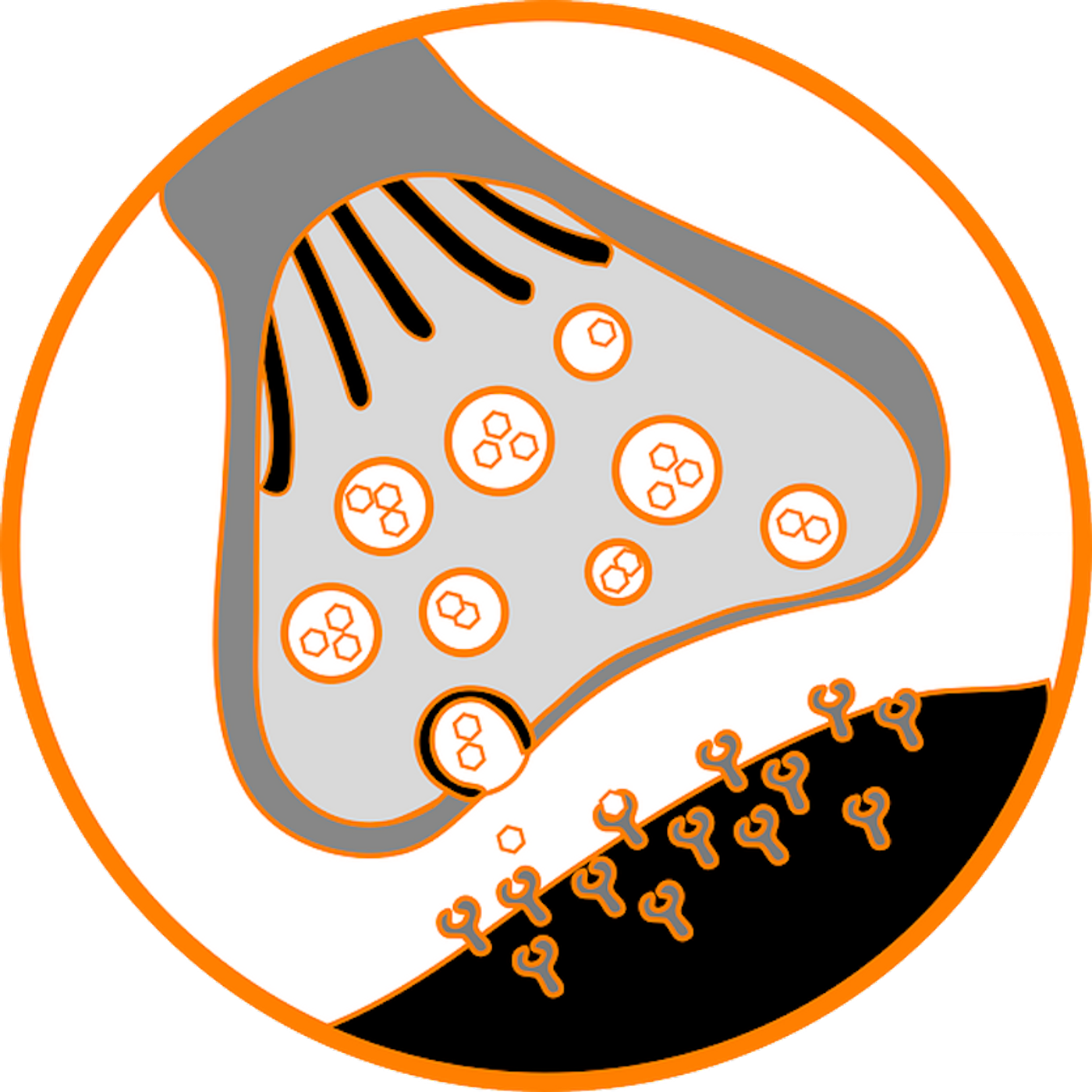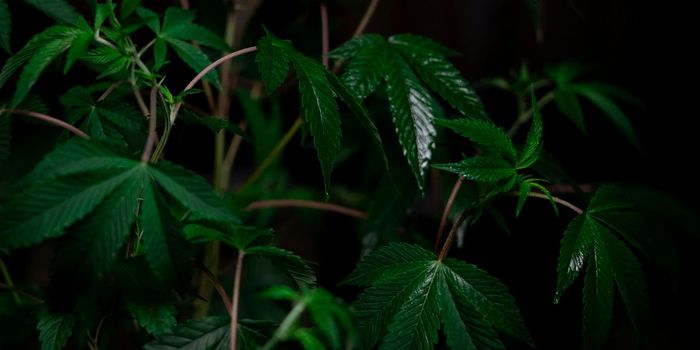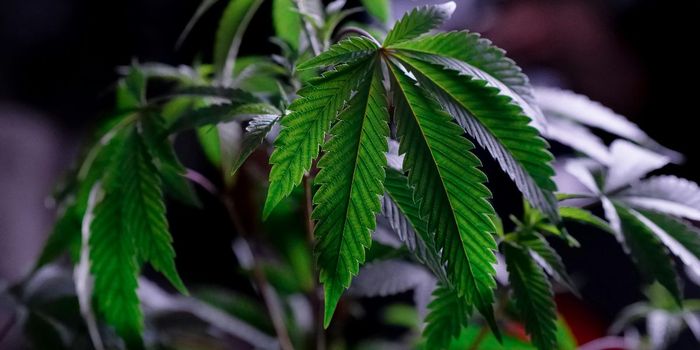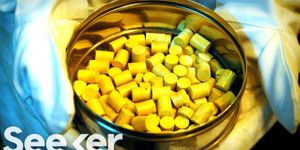The Role of Endocannabinoids in Orgasm
Now that I've got your attention, we can talk science. Yes, there is actually a relatively new study which measured levels of endocannabinoids in blood during self-stimulated climax (you can read all about it here). This study was conducted in 2017 by Dr. Sarah Biedermann, MD, and colleagues at the University Medical Center Hamburg–Eppendorf in Hamburg, Germany and published in The Journal of Sexual Medicine. Blood serum levels of anandamide, 2-arachidonoylglycerol (2-AG), and cortisol were measured before and after self-stimulation in both men and women. They found that only 2-AG increased during orgasm. The levels of all other chemicals measured (including, perhaps surprisingly, the "bliss" molecule, anandamide) did not change.
Photo Source: Unsplash.com
This study is interesting in itself and furthers our knowledge of the biological mechanisms involved in sexual intercourse. But for endocannabinoid scientists, this study illustrates some of the functional differences between the two now-famous endocannabinoids - anandamide and 2-AG. More is known about anandamide than of its fellow chemical 2-AG. However, the differences in these two may help explain the different effects that are produced by phytocannabinoids like THC and cannabidiol (CBD).
Both anandamide and 2-AG are retrograde messengers. That is, they are released from the postsynaptic neuron receiving neurotransmission back across the synapse to interact with the presynaptic neuron sending it. This allows for many physiological functions, from simply telling the presynaptic neuron to stop firing (e.g. "message received") to inducing neuroplastic changes at that neural junction. What is interesting is that anandamide and 2-AG both attach to the same receptor (CB1). Interestingly, anandamide has little affinity for CB2 receptors while 2-AG has been found to be a full CB2 agonist. If you recall our endocannabinoid receptor distribution, CB2 is primarily expressed in the periphery, while CB1 is found mainly in the central nervous system.
Photo Source: Unsplash.com
It would be really nice if we could link anandamide's functions to THC and 2-AG's functions to CBD. Unfortunately, biology is rarely simple. While THC is known for its euphoric effects, CBD is thought to be more involved in anti-inflammatory and analgesia. Can the same be said of anandamide and 2-AG? Unfortunately, not really. For one, not much is known about 2-AG, but it is thought to be more expressed in the brain so it could conceivably be involved in mediating reward. So perhaps THC, with its euphoric effects, is hijacking 2-AG's normal function. On the other hand, anandamide has the same potency at the CB1 receptor as THC, so maybe anandamide is truly the "bliss" molecule. So it does not appear as if a simple one-to-one link between these endo- and phyto-cannabinoids. Remember as well, these are just two of the known endocannabinoids, there are several more.
Going back to our opening story, the researchers suggest that 2-AG plays a much more important role in eliciting orgasm than anandamide. This identifies an important functional/behavioral difference between the two chemicals within the human endocannabinoid system. And of course, it brings about more questions than answers. For example, how does the body know how to differentiate the activation of CB receptors by anandamide or 2-AG? Apparently, the body can tell the difference, and the effects are...how to say...extremely satisfying.
Source: Journal of Sexual Medicine, Wikipedia, Philosophical Transactions of the Royal Society: B, www.lifehacked.com










